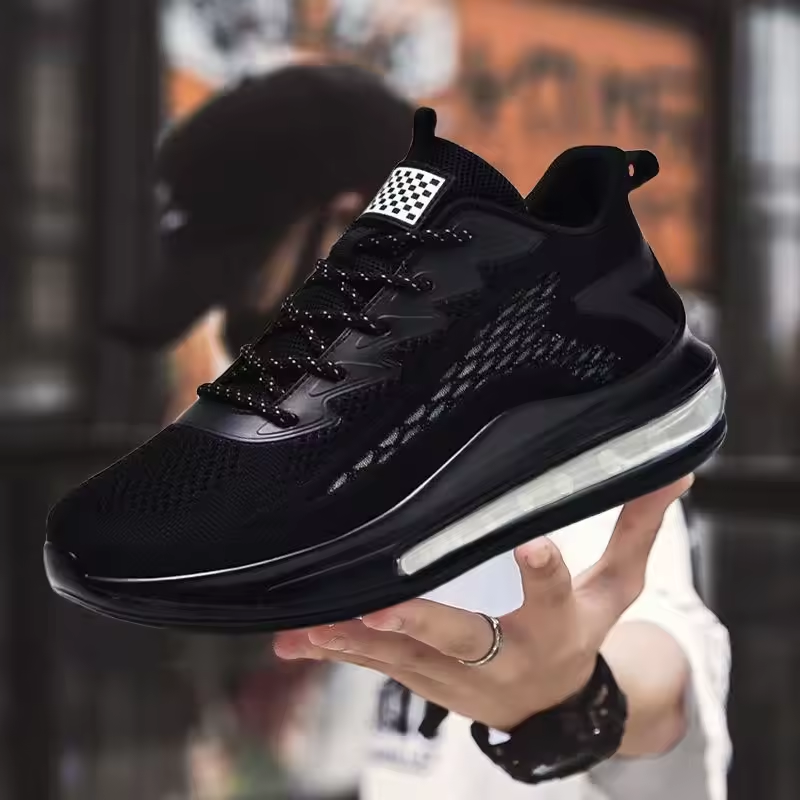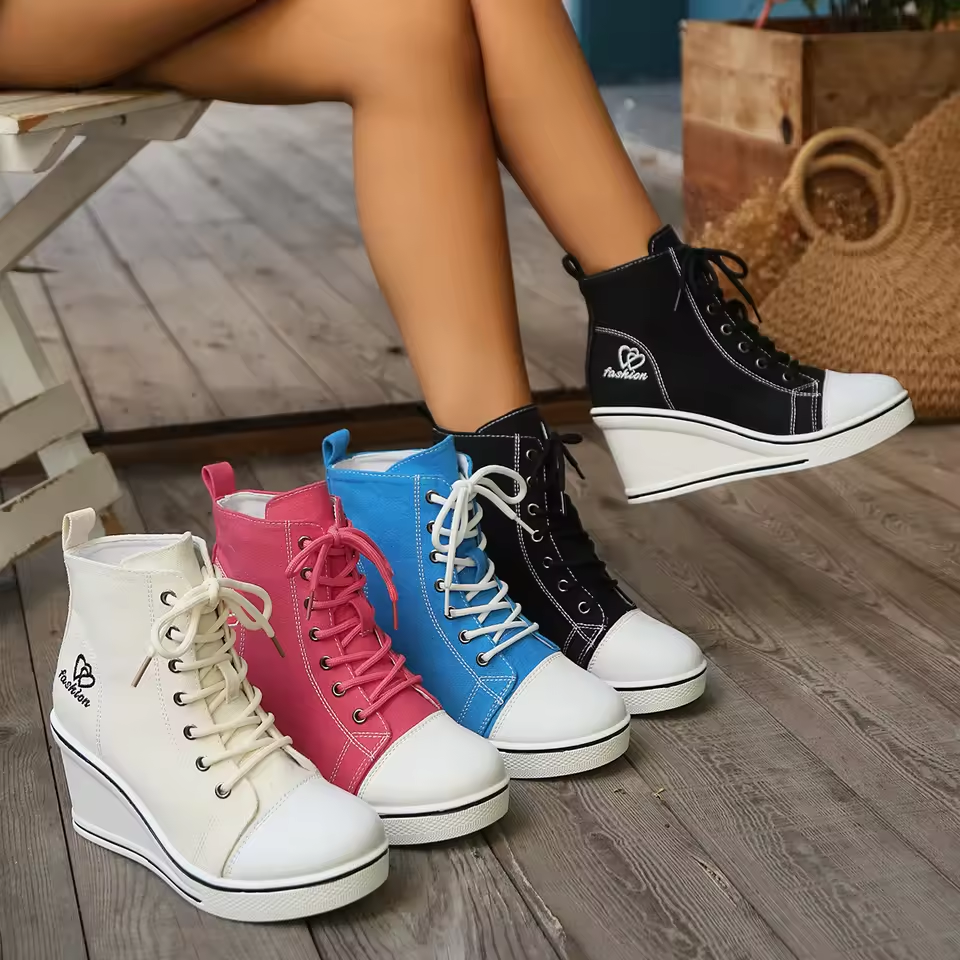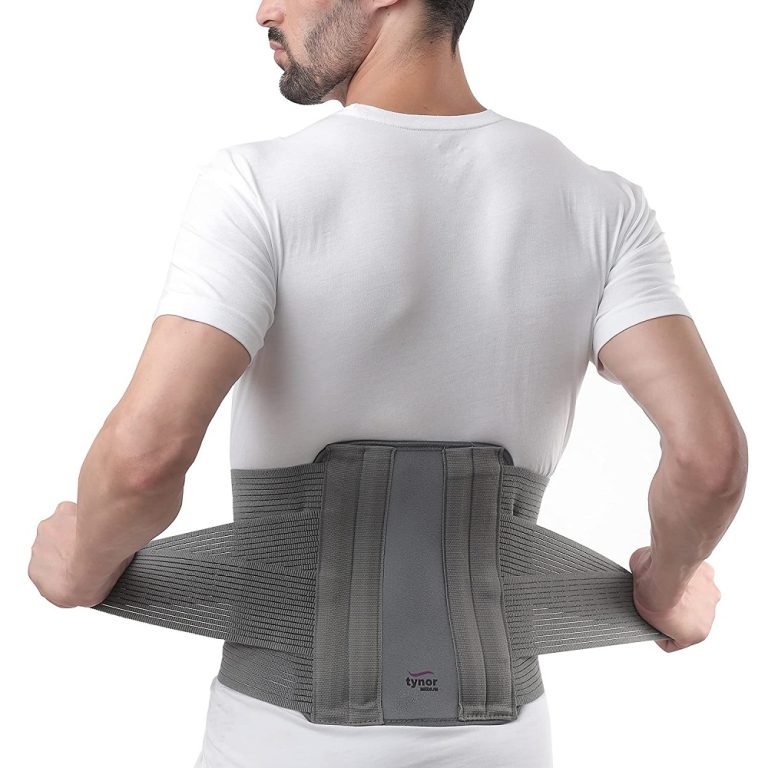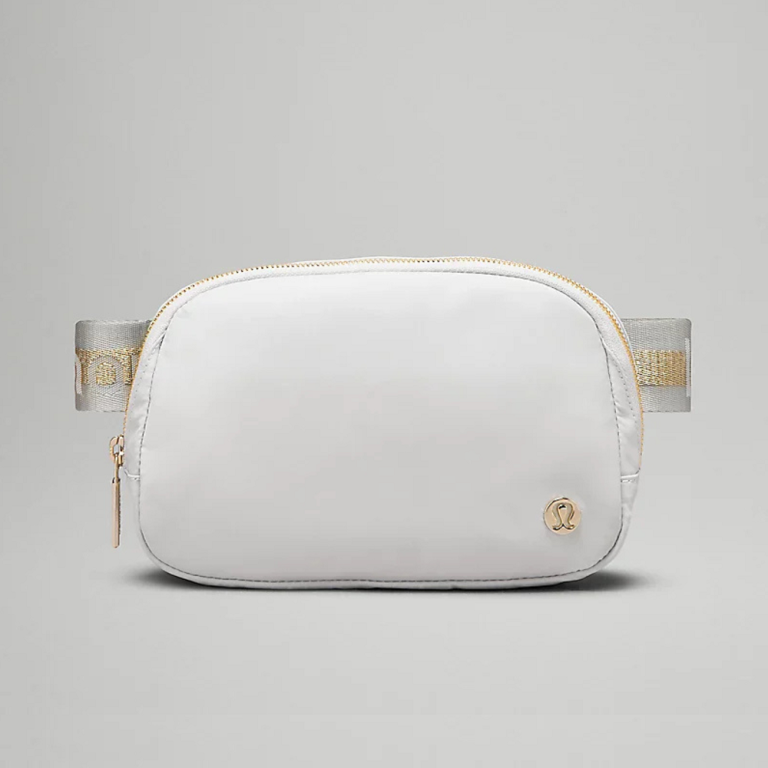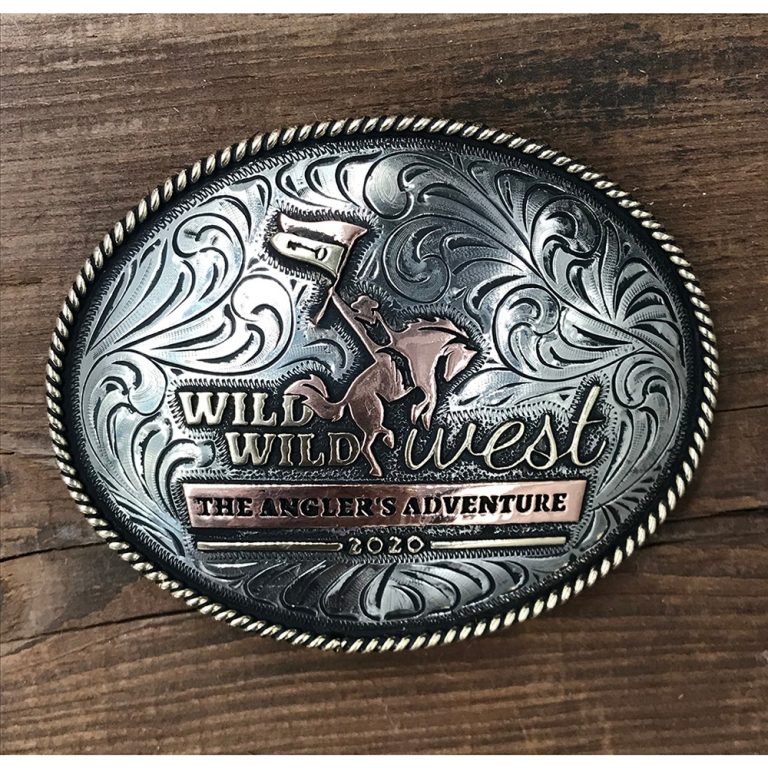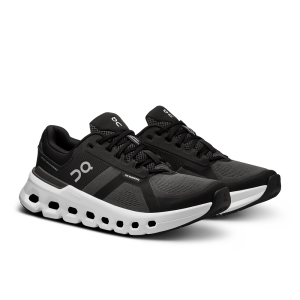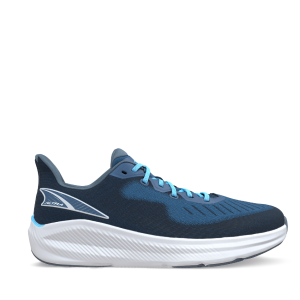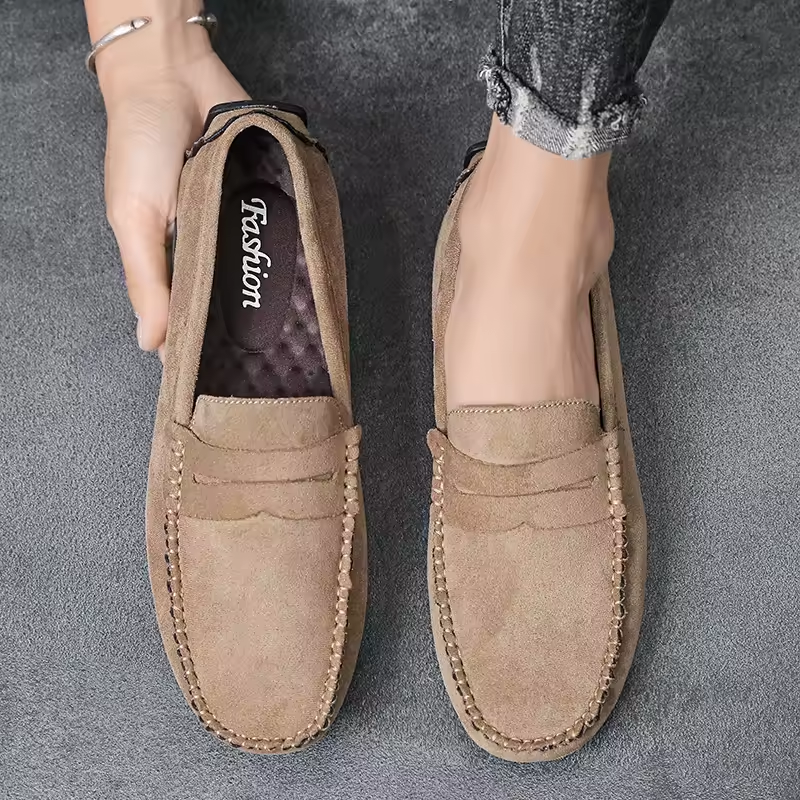Running is a popular and beneficial form of exercise for many people. However, not all runners have the same gait and foot structure. One common issue among runners is overpronation, which occurs when the foot rolls inward excessively during the running stride. This can lead to discomfort, injury, and a less effective running technique. Selecting the right overpronation running shoes specifically designed for overpronators can make a significant difference in performance and comfort. In this article, we will explore the concept of overpronation, the best shoes for it, features to consider, and tips for finding the right fit for your stride.
Understanding Overpronation
The Mechanics of Overpronation
Before delving into shoe recommendations, it is essential to understand what overpronation is. When we run or walk, our feet go through a natural process known as pronation. This mechanism allows the foot to absorb shock and adapt to various surfaces. A neutral pronation is normal, where the foot rolls slightly inward.
In contrast, overpronation occurs when the foot rolls inwards too much. This excessive motion can lead to misalignment in the legs and can put undue stress on the knees and joints. Overpronation often affects runners who have flat feet or low arches, making it crucial to choose shoes that provide adequate support and stability. Understanding your foot’s natural movement can help you select the best overpronation running shoes for your needs.
Symptoms and Consequences
Recognizing the symptoms of overpronation is vital for addressing the issue early. Common indicators include fatigue or pain in the feet, shins, knees, and hips after running. Runners may also experience recurring injuries such as plantar fasciitis, tendonitis, or stress fractures. If you notice these signs, it may be wise to evaluate your running form and footwear.
It is also worth mentioning that overpronation can affect your running efficiency. As the foot rolls inward excessively, you may lose energy with each stride. Therefore, finding the right footwear becomes essential, as it can help mitigate the impact of overpronation on your performance and overall well-being.
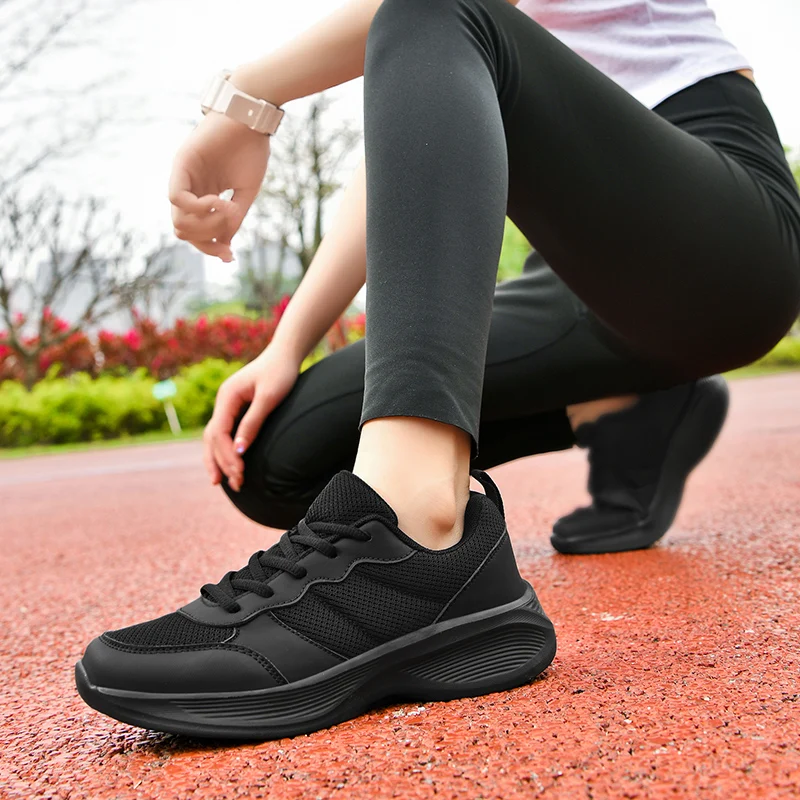
Identifying Overpronation
Gait Analysis
To determine if you have overpronation, a gait analysis is beneficial. Many running stores and health professionals offer this service. During a gait analysis, you may be recorded while running on a treadmill. This analysis assesses your foot’s movement and pronation levels, helping to identify any issues.
You can also perform a self-assessment at home. A simple test involves examining the wear patterns on your running shoes. If you notice excessive wear on the inner side of the sole, it could indicate overpronation. Additionally, if you have flat feet and notice instability while running, consider seeking professional analysis for further guidance.
Consider Foot Shape and Arch Height
Understanding your foot shape and arch height is another critical factor. Flat feet typically correlate with overpronation, while those with high arches may experience underpronation. Before choosing running shoes, measure your foot’s arch height. Several techniques, such as wet foot tests, can help determine your arch type.
Recognizing your foot shape can guide you toward the right shoes for your needs. For instance, runners with flat feet generally benefit from stability shoes that offer structured support. Conversely, those with high arches may require motion-control shoes to correct their gait.
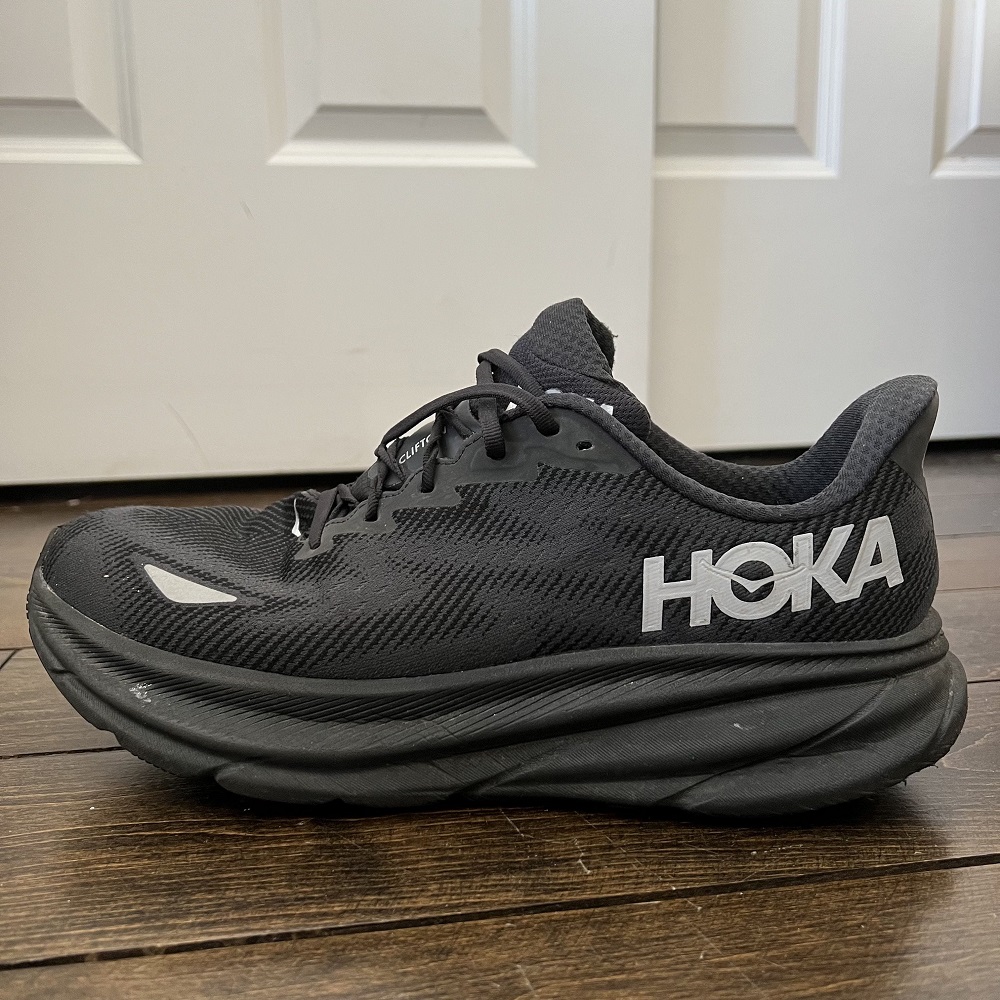
Top Picks for Overpronation Running Shoes
Brooks Adrenaline GTS
Among the best options for overpronators is the Brooks Adrenaline GTS. This shoe is known for its excellent support and cushioning. The Adrenaline GTS features a balanced mix of softness and responsiveness, making it ideal for long runs. The shoe’s Dynamic DNA midsole adapts to your stride, providing personalized cushioning to address overpronation.
Additionally, the Adrenaline GTS offers a secure fit, ensuring stability without sacrificing comfort. Many runners appreciate the spacious toe box, which allows for natural movement during runs. With different color options available, you can select a pair that fits your style while providing the support you need.
ASICS GEL-Kayano
Another top choice for overpronation is the ASICS GEL-Kayano. This shoe is designed with a focus on stability and support, making it perfect for runners with flat feet. The GEL cushioning system absorbs shock effectively, enhancing comfort during long runs. The shoe’s FlyteFoam technology ensures a lightweight feel without compromising durability.
Thanks to its high-quality construction, the ASICS GEL-Kayano offers a snug fit that holds the foot securely in place. Runners often praise its responsiveness, making it suitable for various types of training. If you are seeking a shoe that balances stability, cushioning, and aesthetics, the GEL-Kayano is a fantastic option.
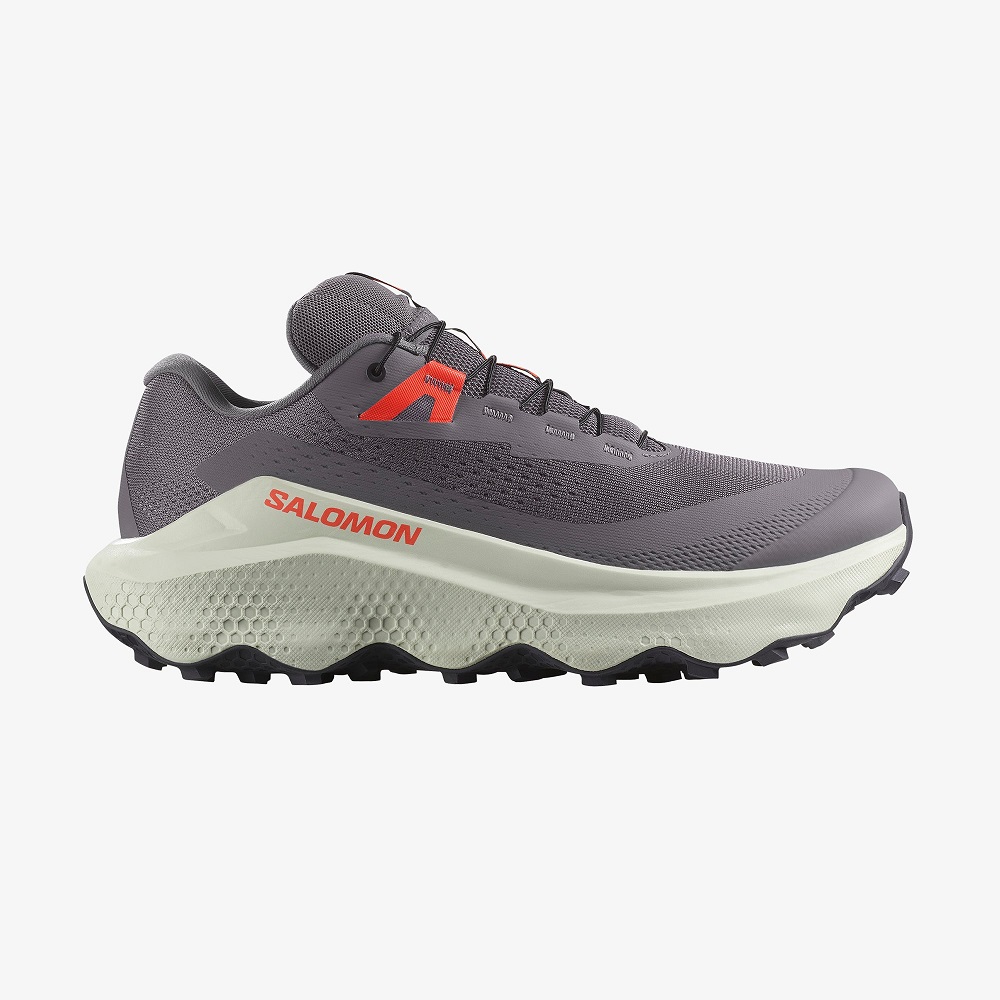
Key Features to Look For
Arch Support
One of the most crucial features of running shoes for overpronators is adequate arch support. Proper arch support can help maintain a neutral foot position, reducing the risk of injuries. Look for shoes with built-in arch support that aligns with your foot type.
Many brands offer shoes with varying arch support levels, catering to different runners’ needs. For example, if you have flat feet, consider models that provide structured support. Alternatively, if you have high arches, opt for shoes with a more neutral fit.
Stability and Control
Stability running shoes often have features like medial posts or dual-density foam, which help control excessive inward movement. This control allows for a smoother stride while reducing the risks associated with overpronation.
When trying on shoes, pay attention to how they feel during movement. Ensure the shoes provide a stable platform, especially during lateral movements. A shoe that offers enough control can effectively address overpronation and enhance your comfort while running.
Finding Your Perfect Fit
Trying on Shoes
Finding the right fit is essential for running shoes to ensure comfort and support. Start by trying on the shoes in person, if possible. Wear the same socks that you would use for running. Walk around the store to test the shoe’s fit and comfort.
Pay attention to the following areas while trying on shoes: your toes should have enough room to move without feeling cramped, the heel should feel secure without slipping, and the arch support should feel satisfactory. It is advisable to shop for running shoes in the evening when your feet are slightly swollen to ensure a better fit.
Consider Different Brands
Different brands may have variations in sizing and fit. It is beneficial to try on shoes from multiple brands before making a decision. Each brand designs their shoes differently, and preferences may vary based on personal comfort.
If you find that a particular style or fit works well but is not suitable for your needs, ask for recommendations. Running store staff often possess useful insights and can help guide you toward suitable alternatives.
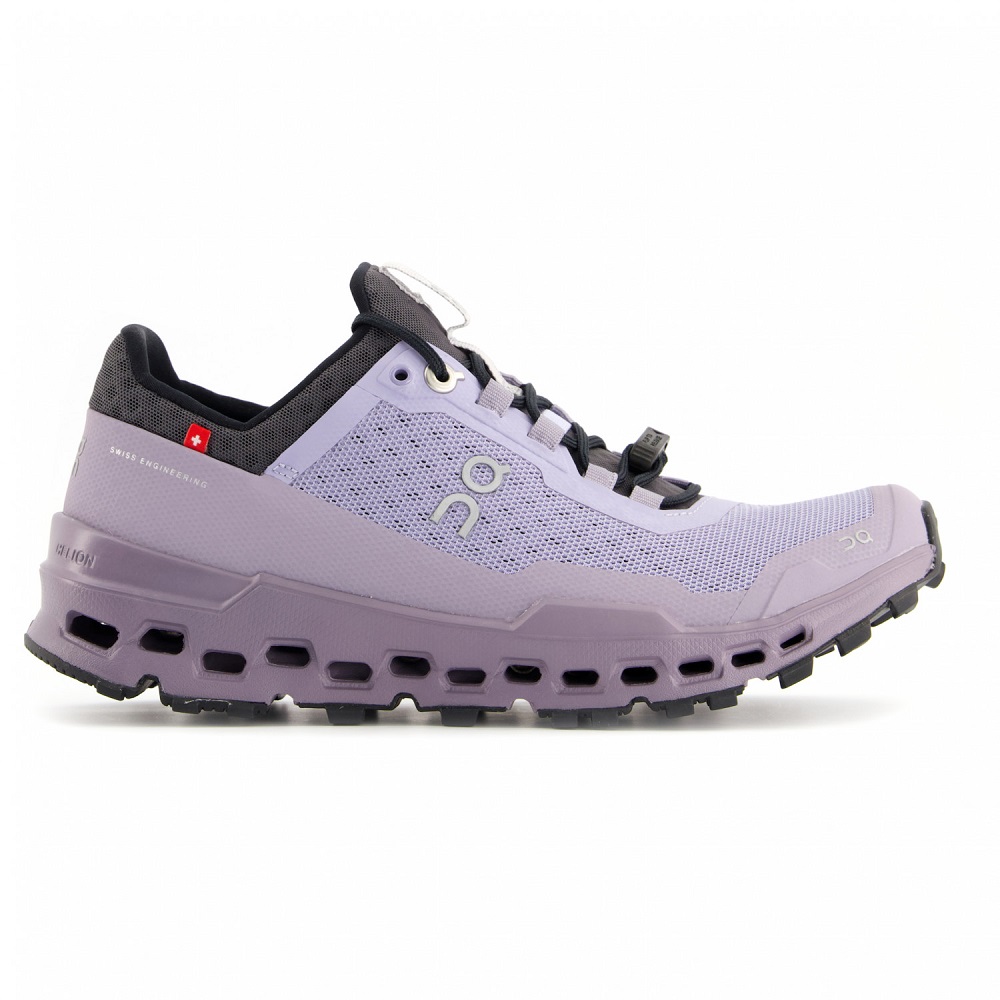
Importance of Break-In Period
Understanding the Break-In Process
After purchasing running shoes, it is essential to allow for a proper break-in period. A break-in period allows the shoes to conform to your feet and provides an opportunity to test their fit and comfort. While some shoes feel comfortable from the start, others may require slightly more time to adjust.
Start by wearing your new shoes for short walks or light jogging sessions. Monitor how they feel during these outings. Pay attention to any discomfort or pressure points, and adjust your usage accordingly. Gradually increase the duration and intensity of your activities as you become more accustomed to the shoes.
Knowing When to Replace Shoes
Even the best overpronation running shoes eventually wear out, so knowing when to replace them is vital. Runners typically replace their shoes every 300 to 500 miles, depending on factors like weight, running style, and training frequency.
Keep an eye out for signs of wear, such as decreased cushioning, visible stains, or worn-out soles. If you notice discomfort or pain reemerging, it may indicate that your shoes have reached the end of their useful life. Investing in a fresh pair can significantly enhance your running experience.
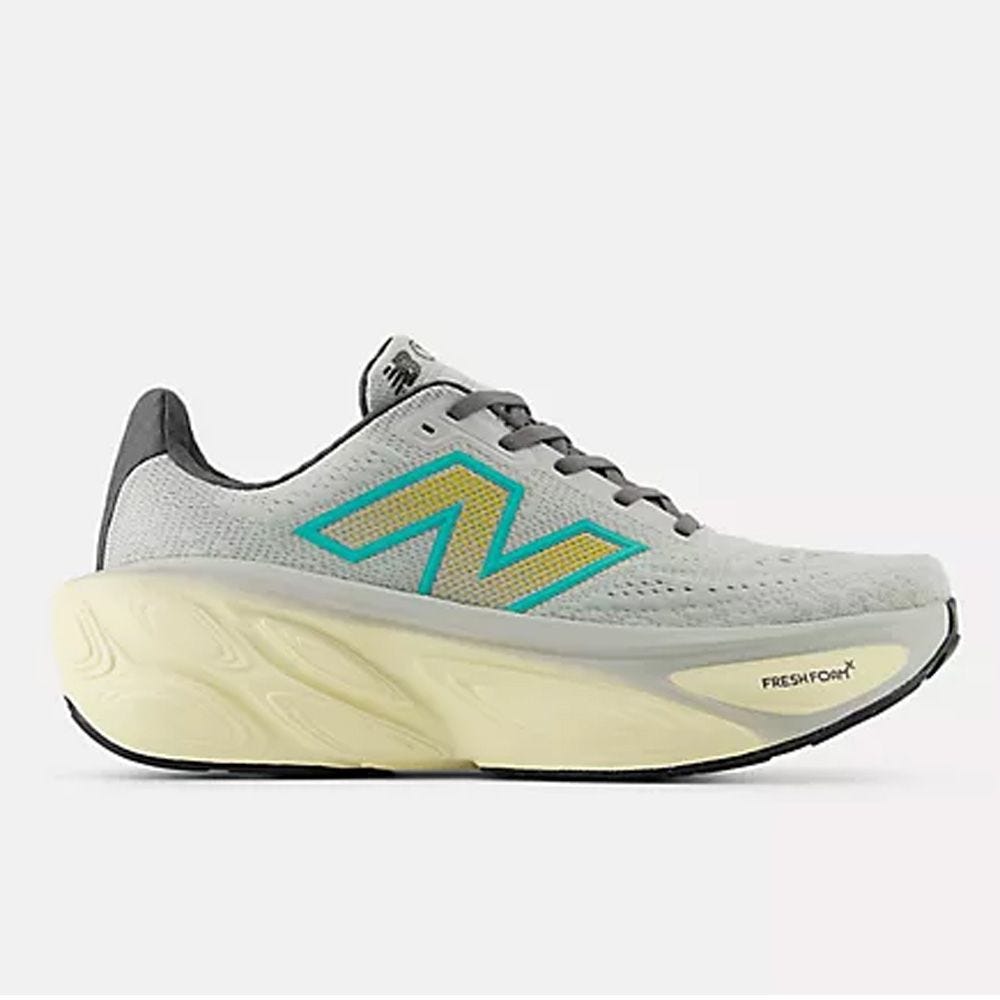
Additional Considerations for Overpronators
Orthotics and Inserts
For some runners, using custom orthotics or additional inserts can further improve comfort and support. Orthotic devices can be beneficial for individuals with specific foot conditions or those who require extra arch support. Consulting with a podiatrist or a qualified specialist can help determine if orthotics are appropriate for your needs.
If you are considering using inserts, ensure they fit well within your chosen overpronation running shoes. While some shoes come with removable insoles, double-check that the inserts do not create excessive tightness or discomfort. Finding the right balance between shoes and orthotics is key to achieving optimal comfort while running.
Listening to Your Body
Lastly, it is essential to listen to your body and pay attention to how your shoes feel during workouts. If you experience persistent pain or discomfort, it may indicate that your shoes are not providing adequate support for your overpronation. Do not hesitate to revisit your choices and seek out alternatives if necessary.
Taking a proactive approach to your running technique and footwear can make your experience much more enjoyable. Remember that your body may change over time, and it’s essential to reassess your needs regularly. By staying attuned to your body and choosing suitable footwear, you can continue to enjoy running as a fulfilling and enjoyable activity.
In conclusion, finding the right pair of running shoes is vital for anyone dealing with overpronation. Understanding the mechanics, identifying the symptoms, and selecting the appropriate footwear can help improve your performance and overall well-being. With the proper shoes, such as the Brooks Adrenaline GTS or ASICS GEL-Kayano, you can enhance your comfort and support during runs. As you navigate through brand options, keep in mind essential features such as arch support and stability. Always prioritize finding the right fit, and give your shoes adequate break-in time. By being mindful of your body’s signals and making informed choices, you can enjoy a rewarding running experience, free from discomfort and injury.


